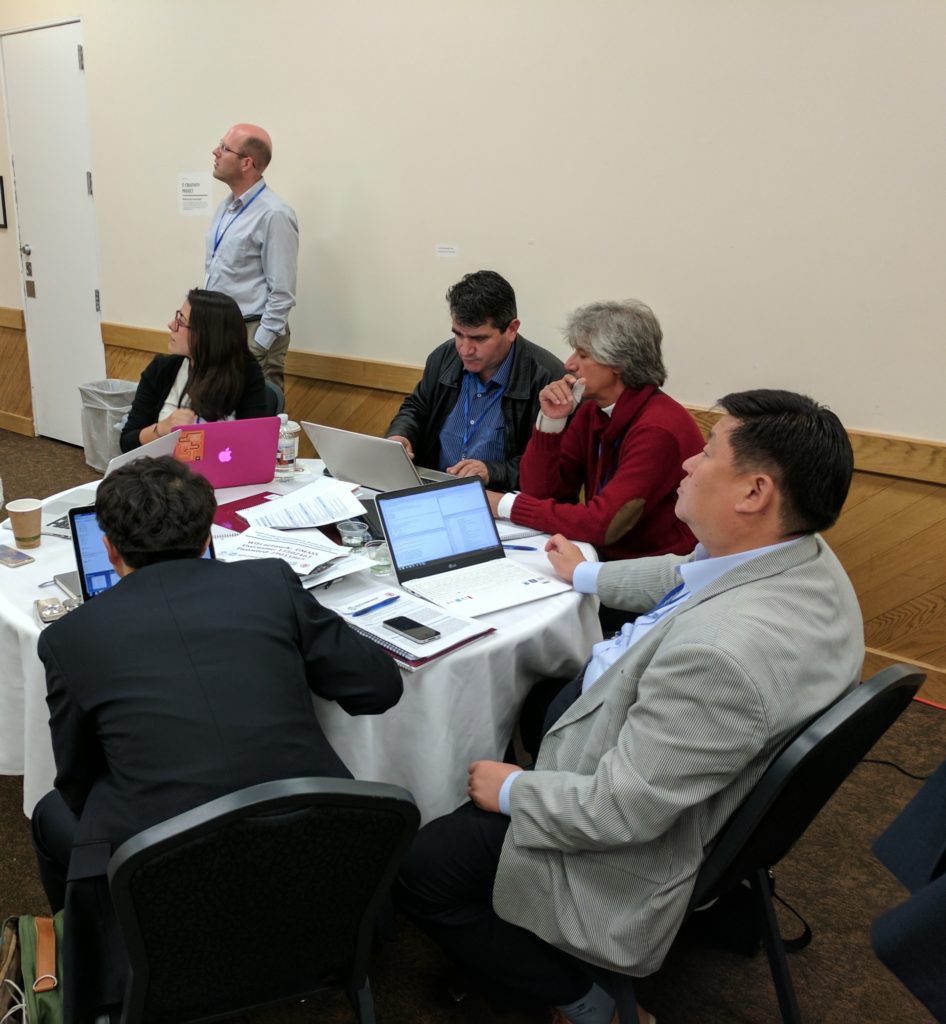The UMass Hydrosystems Group completed a week long World Bank Decision Tree Training on April 24th-28th for water managers and decision makers from around the globe. The workshop featured participants from Kenya, Nepal, South Korea, Mexico, Ethiopia, as well as World Bank staff. The Decision Tree Framework is a four-phase assessment methodology developed to understand risk associated with climate change and their potential impacts on water infrastructure.
It is common for major hydroelectric facilities, irrigation schemes, dams, and water supply systems to have 50 to 100 year lifespans. This, coupled with emerging knowledge about long term behavior of the global climate system and changes in other non-climate factors, may affect water system performance in the future. The goal of the workshop was to provide hands on practice utilizing the Decision Tree Framework for evaluating risks associated with climate change.
Participants were led through the steps of the Decision Tree Framework and spent many sessions throughout the week working collaboratively with other participants and trainers. Using Microsoft Excel, R, OpenAgua, and other modeling tools, the workshop trainers led exercises in generating modeling tools for weather generation, hydrologic processes, systems analysis, and stress testing a system for an uncertain future. Participants were eager to learn about the methods used for these different modeling tools, and many are bringing this new knowlege with th to assess climate risk in their home countries.
Earlier this week, the group took a field trip to the U.S. Geological Survey’s S. O. Conte Anadromous Fish Research Center in Turners Falls and the Cabot Station hydroelectric facility and fishway. Fish passage over hydraulic structures is a critical component in the design to ensure species connectivity along a river above and below a facility. This experience allowed the training participants to see a working full-scale fish passage research facility.
The Hydrosystems Group members who were trainers during the week: Casey Brown, Patrick Ray, Katherine Schlef, David Rheinheimer, and Alec Bernstein.




